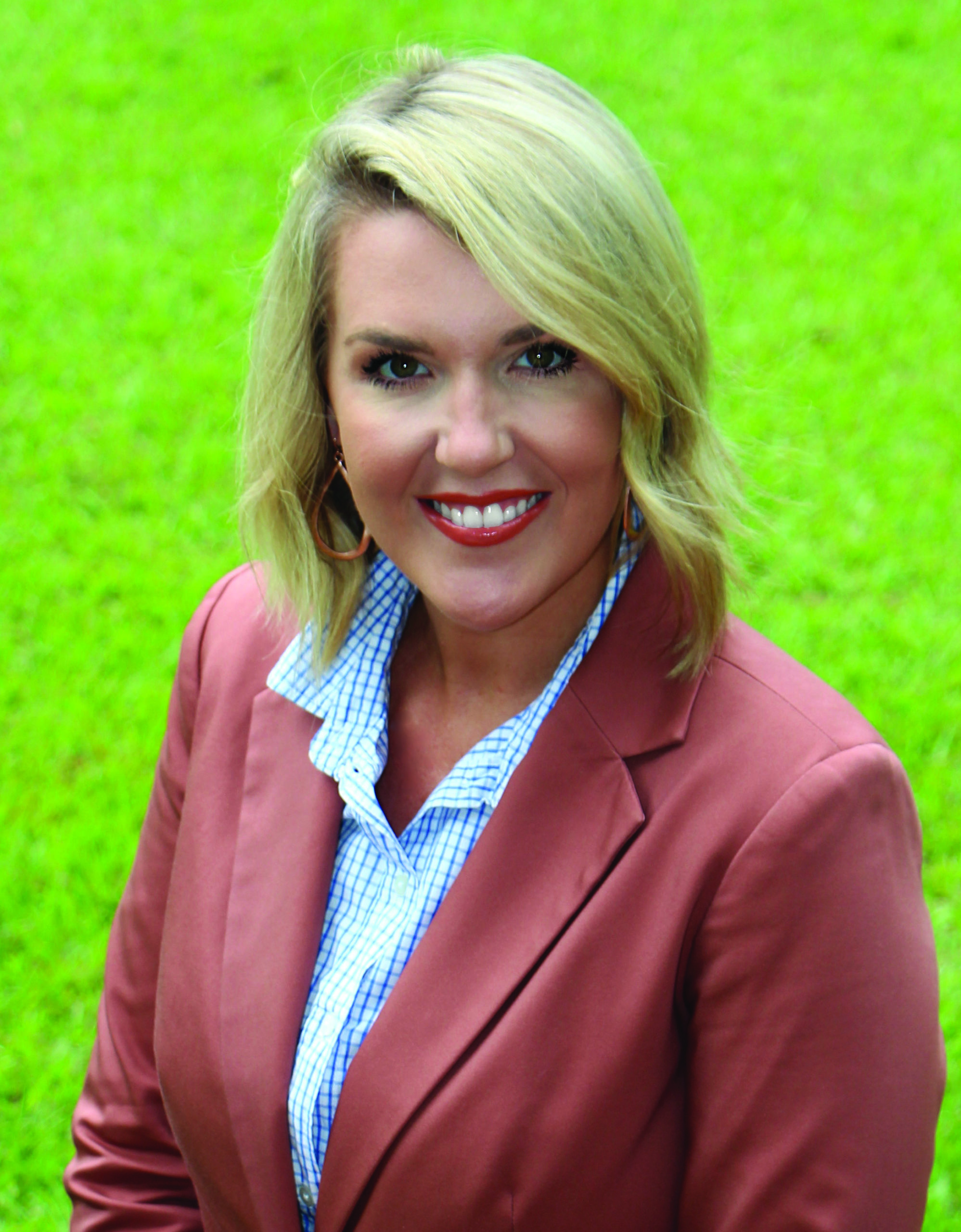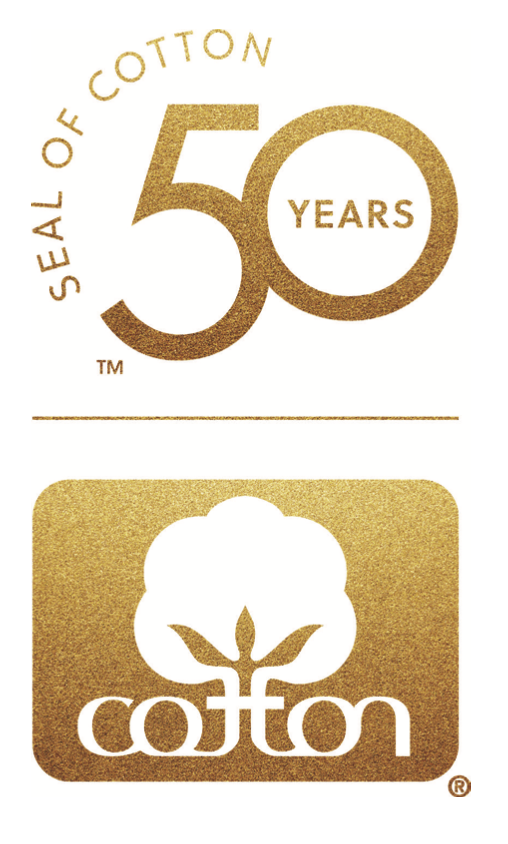
Stacey Gorman, Cotton Board Director of Communications
Over the last half-century, Cotton Incorporated’s Seal of Cotton trademark has given an identity to the entire cotton industry. From cotton farmers who proudly display the Seal of Cotton on their ball caps and cotton shirts to brands and retailers who use the Seal of Cotton to differentiate their products in the marketplace, the power of the Seal is real. We can all be proud that today, more than 8 out of 10 consumers are aware of the famed trademark, which promotes cotton and U.S. cotton growers to the world through promotion and product labeling. This single symbol stands for the many attributes that differentiate cotton fiber and fabric from its synthetic competitors, including natural, quality, durability, and sustainability.
 But where does the seal come from, and who owns it? The Seal of Cotton trademark is owned by Cotton Incorporated, which is a not-for-profit company representing Upland cotton and aims to increase the demand for and profitability of cotton through research and promotion.
But where does the seal come from, and who owns it? The Seal of Cotton trademark is owned by Cotton Incorporated, which is a not-for-profit company representing Upland cotton and aims to increase the demand for and profitability of cotton through research and promotion.
In 1973, Cotton Incorporated created the Seal of Cotton to brand cotton products, primarily apparel and home textiles, and its corporate marketing and promo
tional efforts. The Seal was designed by San Francisco-based creative agency Landor Associates, which also created logos for two other iconic brands – Levi Strauss and Coca-Cola. The Seal was designed to be sewn in labels, shared on hang tags, featured in retail stores, and utilized in promotional material to distinguish and identify cotton items.
In today’s competitive environment, it is Cotton Incorporated’s role to keep cotton relevant and consumers excited about the cotton in the marketplace. Using the power of the Seal of Cotton helps them do just that. Fifty years of using the Seal of Cotton trademark to build a brand has earned consum- ers’ affection, with more than 90% stating cotton is their preferred choice because it is the softest, most comfortable, and most versatile fiber. In the past 50 years, The Seal of Cotton has been registered in nearly 70 countries with more than 950 brands. There are 190 worldwide licensees.
There are no royalty fees required for brands and retailers to be able to use the Seal of Cotton trademark on their products. However, there is one essential requirement – the product must be predominantly made of cotton. In fact, Cotton Incorporated has an entire team dedicated to making sure the Seal of Cotton trademark is used correctly and in accordance with qualifying guidelines. The Seal can be used in a wide range of communications, including packaging, promotional programs, point-of-sale displays, interactive digital experiences, and beyond.
“We are proud to offer brands and retailers the opportunity to leverage 50 years of visibility and positive connections to the Seal of Cotton trademark,” says Kim Kitchings, Cotton Incorporated’s Senior Vice President of Consumer Marketing. “At Cotton Incorporated, our mission is to promote the use of and desire for all things cotton. With over 80% of consumers saying they can rely on a brand and its product when it features the Seal of Cotton, we know the power of the seal is real. By calling attention to cotton, through the Seal of Cotton trademark, brands and retailers can tell a story consumers identify with, in addition to aligning with the perceptions of quality, trust and sustainability that are associated with cotton.”
As the Seal of Cotton celebrates its 50th anniversary, Cotton Incorporated urges shoppers to make a conscious effort to check the label and seek products, clothing, and home goods made of cotton and featuring the Seal when making purchasing decisions. The Seal of Cotton recognition remains strong and together, we can make sure it will always be The Fabric of Our Lives. For more information on the 50th anniversary of the Seal of Cotton, visit: lifestylemonitor.cottoninc.com/50-year-anniversary/.


